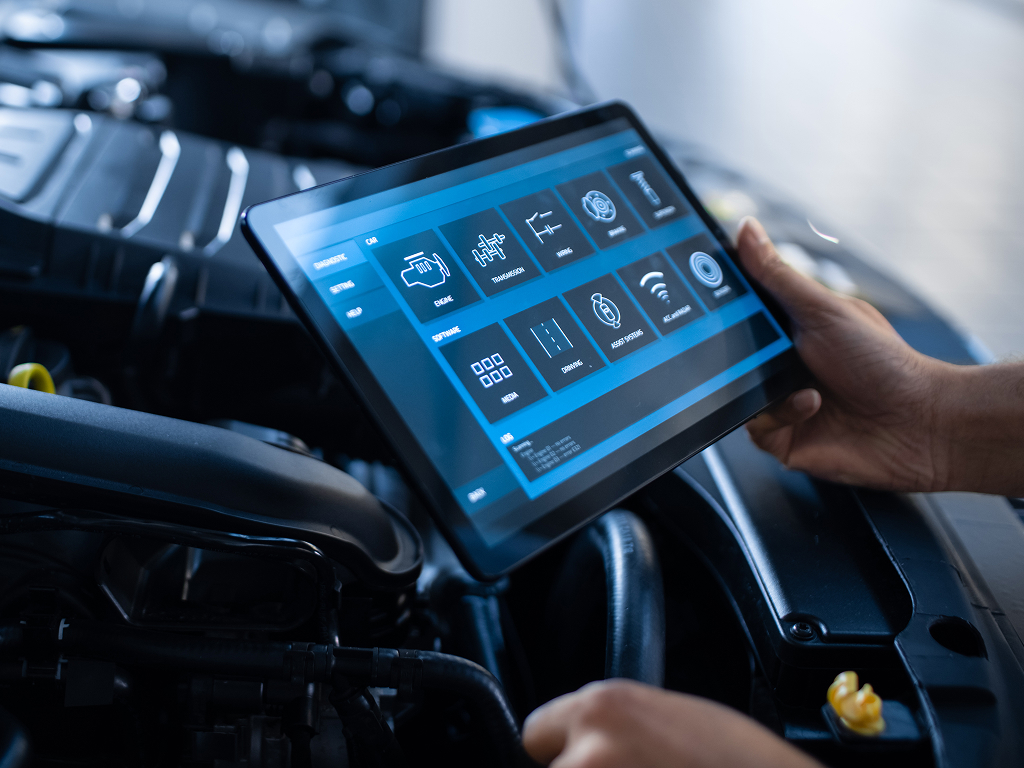Predictive maintenance that drives revenue and builds loyalty
From eliminating costly breakdowns to optimising spare parts inventory, AI-driven insights will streamline your operations and improve customer loyalty. Welcome to a smarter, more profitable way to manage your automotive business.

From reactive to predictive: revolutionising maintenance in automotive industry
For decades, the automotive aftersales sector has relied on reactive or preventive maintenance models – addressing issues after they occur or attempting to guess when they might. The result? Unexpected breakdowns, unnecessary costs, and missed opportunities for building brand loyalty.
Predictive maintenance changes the landscape. By combining real-time sensor data, AI, ML, and true cross-functional collaboration, OEMs and aftermarket leaders can predict failures, personalise services, and optimise operations.
Turn data into business impact
Predictive maintenance can play a crucial role in your business strategy. The numbers speak for themselves:
40%
20-35%
Over 95%
60%
Your 5-step roadmap to predictive success
What predictive maintenance looks like in action
Why you should take the leap
Break down silos with unified data
Fragmented data across departments leads to inefficiencies and miscommunication. A unified data platform solves this by consolidating historical and real-time information from sources like CRM, ERP, and IoT systems into one cohesive ecosystem.
Collaborate across departments
With shared, up-to-date data, teams can work together more effectively. For instance, Claims Management provides insights to Spare Parts Planning, leading to smarter forecasting, while GCC directors seamlessly align with technical teams.
Integrate without disruption
A modern data platform connects with your existing tools, eliminating the need for a steep learning curve. It streamlines workflows and uses artificial intelligence to automate data processing, reducing manual effort and minimising disruptions.
Make decisions with real-time insights
Tailored dashboards provide predictive alerts and demand forecasts to decision-makers at all levels. This leads to faster, smarter decision-making and less dependence on third-party analytics.
